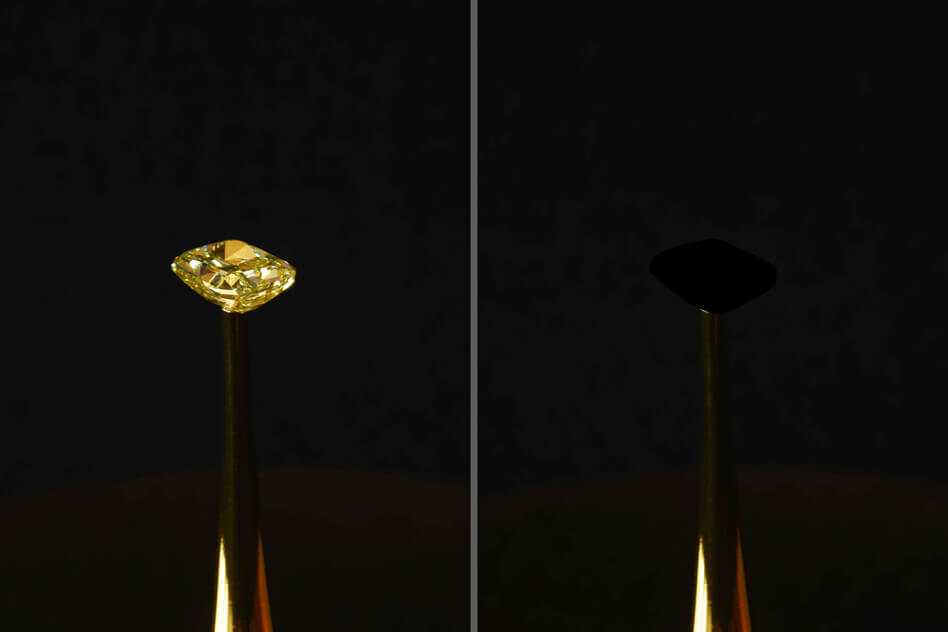Why it matters: Art aside, the material could have practical applications in optical and space science fields – for example, in telescopes that peer into the deepest expanses of space. Or maybe BMW will want to paint a car with it.

Engineers from MIT have crafted a material that is 10 times blacker than any other material previously reported. Best yet, they weren’t even trying.
The material is comprised of vertically aligned carbon nanotubes grown on the surface of chlorine-etched aluminum foil. The team was experimenting with ways to grow carbon nanotubes on electrically conducting materials in order to boost their electrical and thermal properties. The material’s color came as a surprise.
“I remember noticing how black it was before growing carbon nanotubes on it, and then after growth, it looked even darker,” said Kehang Cui, a professor at Shanghai Jiao Tong University and a co-author on a paper on the material. “So I thought I should measure the optical reflectance of the sample.”
Testing revealed that the material absorbed more than 99.995 percent of light, from every angle. Vantablack, the super-black coating from Surrey NanoSystems that was previously considered the darkest man-made substance, absorbs 99.965 percent of light.
Brian Wardle, professor of aeronautics and astronautics at MIT, conceded that the blackest black is a constantly moving target. “Someone will find a blacker material,” he said, “and eventually we’ll understand all the underlying mechanisms and will be able to properly engineer the ultimate black.”
MIT’s material is on display as part of a new exhibit at the New York Stock Exchange. Titled “The Redemption of Vanity,” the art installation features a 16.78-carat natural yellow diamond coated in the material. The normally sparkling gem appears as a flat, black void with the coating.
https://www.techspot.com/news/81892-mit-engineers-accidentally-create-new-king-darkness.html